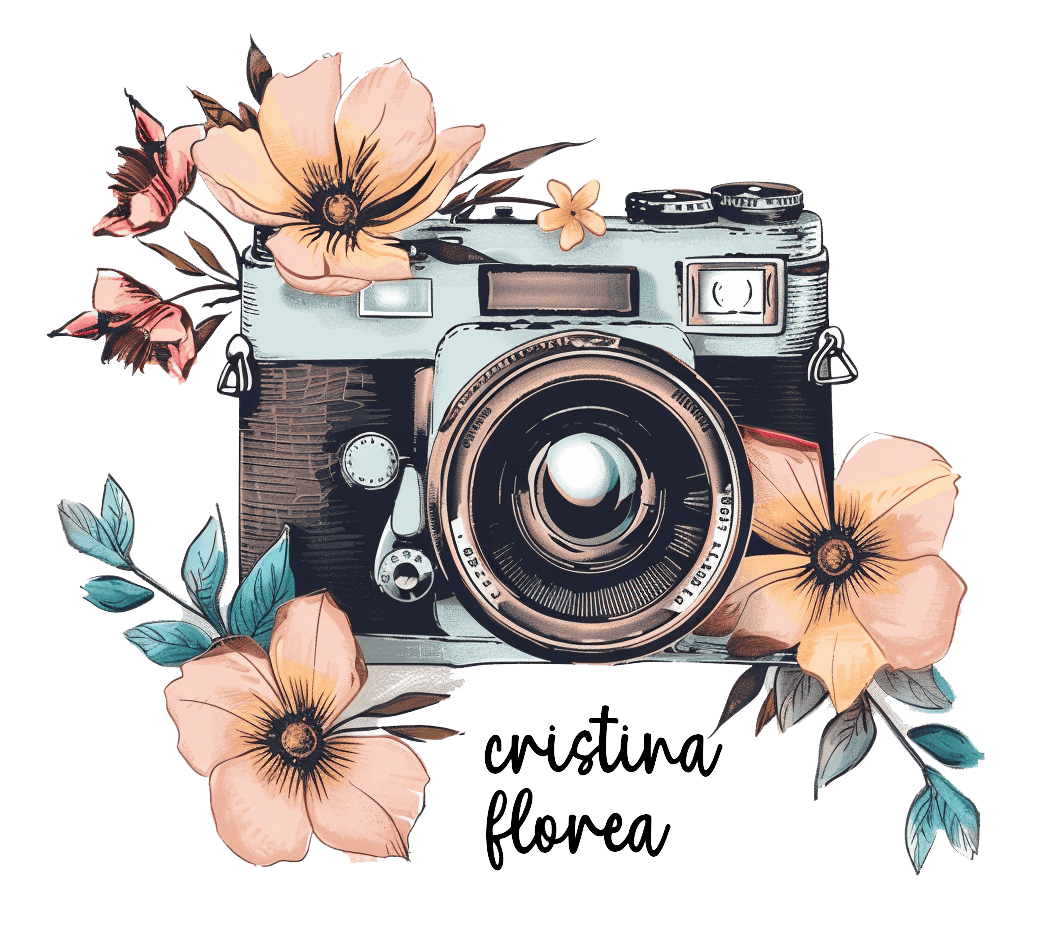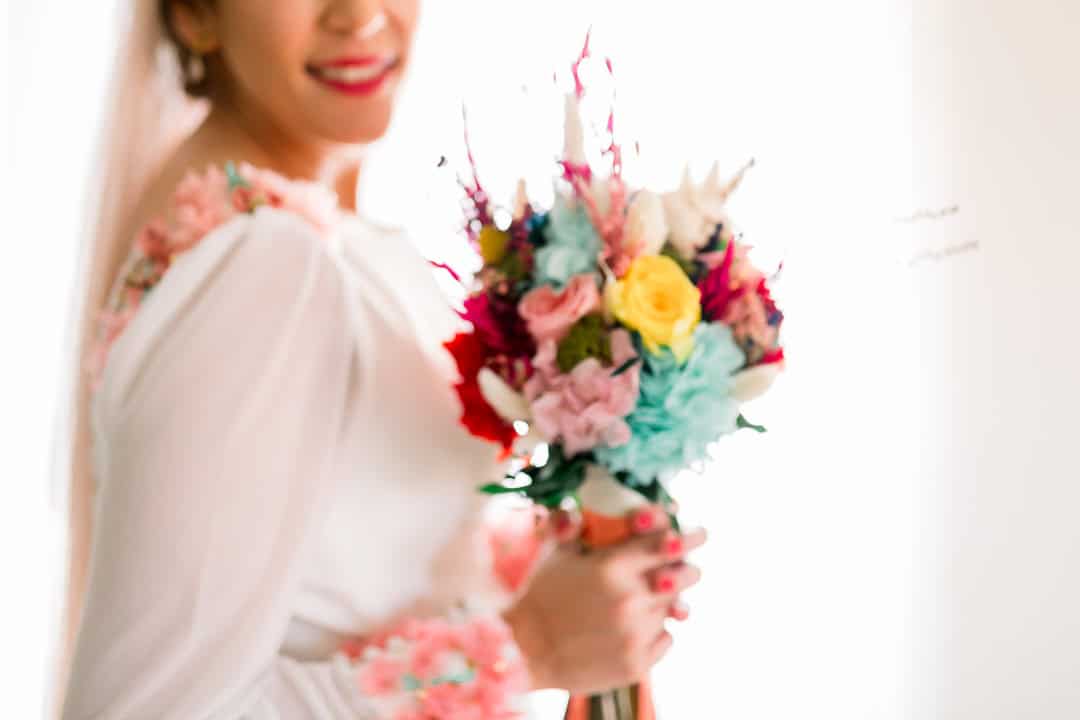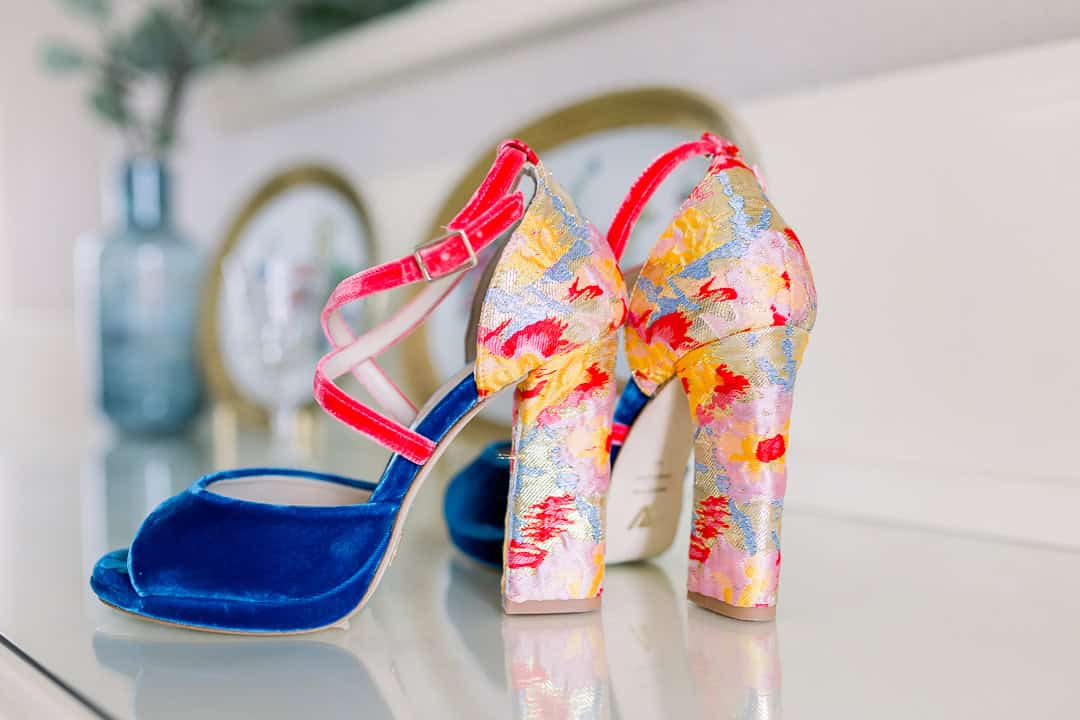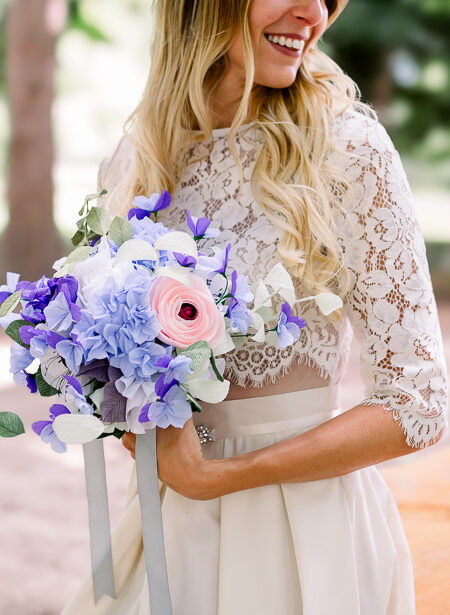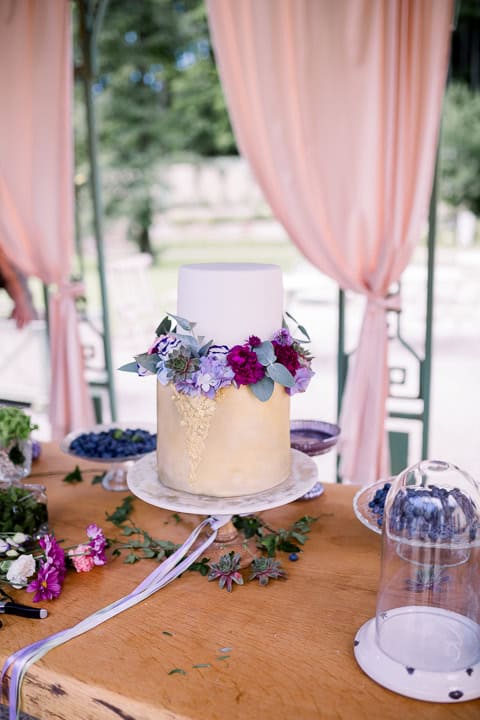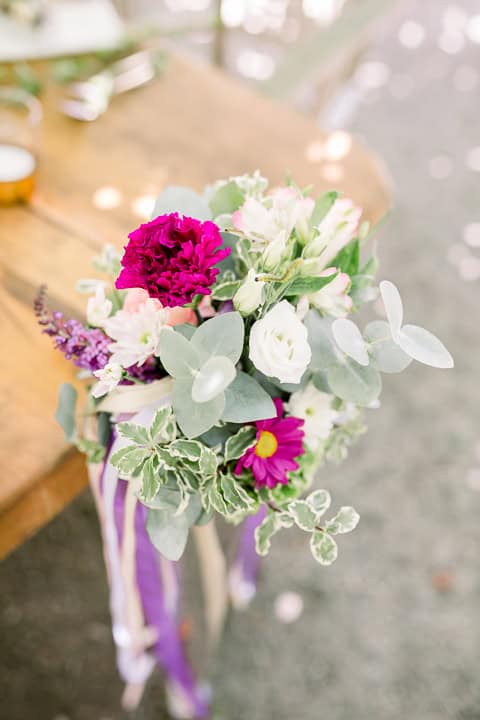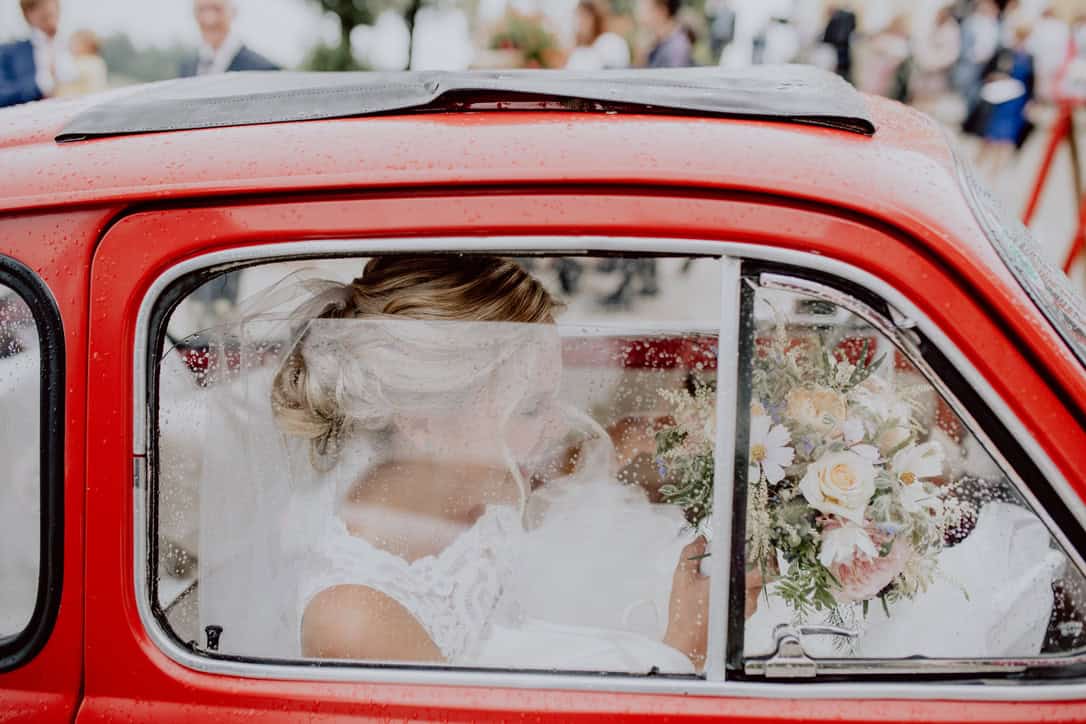I'm Interested.
Aesthetic photography is more than just taking pictures—it’s about seeing the world through a lens that captures the essence of beauty, harmony, and emotion in every frame. This style of photography is defined by its focus on visual appeal, composition, and the intentional use of light and color to evoke a specific mood or feeling.
What Makes Aesthetic Photography Unique?
Aesthetic photography is all about creating images that are pleasing to the eye and resonate with the viewer on a deeper level. It’s the art of finding beauty in the ordinary and presenting it in a way that feels both intentional and effortless.
The key elements that define aesthetic photography include:
Composition:
Thoughtful composition is crucial. Whether it’s the rule of thirds, leading lines, or symmetry, the arrangement of elements in the frame is carefully considered to create balance and draw the viewer’s eye to the subject.
Lighting:
Light is one of the most powerful tools in aesthetic photography. Soft, natural light often plays a starring role, whether it’s the golden glow of sunset or the diffused light of a cloudy day. Shadows and highlights are used to add depth and texture, enhancing the overall mood.
Color Palette:
A cohesive color palette is often a hallmark of aesthetic photography. Whether it’s muted pastels, vibrant hues, or monochrome tones, the choice of colors contributes to the overall feel of the image.
Attention to Detail:
Aesthetic photography thrives on details. It’s the small, seemingly insignificant elements—a stray flower petal, the texture of fabric, the play of light on water—that often become the focal point, transforming the mundane into something extraordinary.
Emotion and Storytelling: Beyond just looking beautiful, aesthetic photography aims to evoke emotion and tell a story. Whether it’s a sense of nostalgia, tranquility, or wonder, the image should connect with the viewer on an emotional level.

